-
×
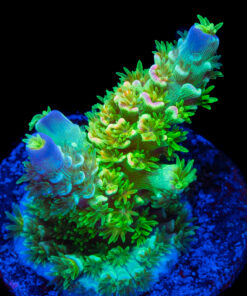 Homewrecker Acropora Tenuis
1 × $200.00
Homewrecker Acropora Tenuis
1 × $200.00
$100.00
Category: Mushroom Coral
Branching Hammer Corals are probably one of the most recognizable and popular corals in the saltwater hobby and it is easy to see why. It gets its name from the hammer shaped tips on its tentacles and is sometimes referred to as Anchor Coral. Hammer Corals come in two varieties, branching and wall, with the branching variety being regarded as generally easier to keep.
Branching Hammer Corals come in a wide variety of colours such as green, purple, blue, pink, gold and orange. There are also splatter varieties that display more than one colour. They are a colonial coral and generally grow through the splitting of their heads, with one head slowly pinching and splitting into two.
Branching Hammer Corals are generally found in Indonesia and the Australian Great Barrier Reef. They are found on reef slopes and reef lagoons at depths of up to 100 feet. While most corals available for purchase are wild collected, there is a burgeoning aquaculture industry in Indonesia, which has led to the increased availability of aquacultured specimens. Regardless of whether they are wild collected or aquacultured, Branching Hammer Corals should be placed in the bottom third of the tank in an area of moderate lighting and flow.
They can also be placed on the sandbed. Some hobbyists will attach a frag to a frag disc and lightly cover the disc with substrate. This helps prevent cleanup crew members from knocking the coral over. Regardless of placement, the Hammer Coral requires a fair amount of space, as they are an aggressive coral with long stinging tentacles. They can be kept in close proximity to other hammers, frogspawn and, debatably, torch corals.
As a relatively deep water coral, Branching Hammer Corals do best when exposed to moderate levels of light. They can tolerate higher light levels if they have been acclimatized to them slowly. In terms of flow, is it necessary to strike a balance between enough flow to keep the coral clean but not so much flow that the tentacles are damaged. If a Hammer Coral is exposed to too much flow the tentacles will either retract or may become long and stringy.
Be the first to review “Hammer Coral Mushroom” Cancel reply
Related products
HOT
New
New
Mushroom Coral
$70.00 – $100.00
This product has multiple variants. The options may be chosen on the product page
New
Mushroom Coral
Rated 3.50 out of 5
(2)
$30.00

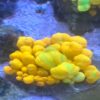
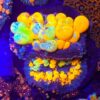
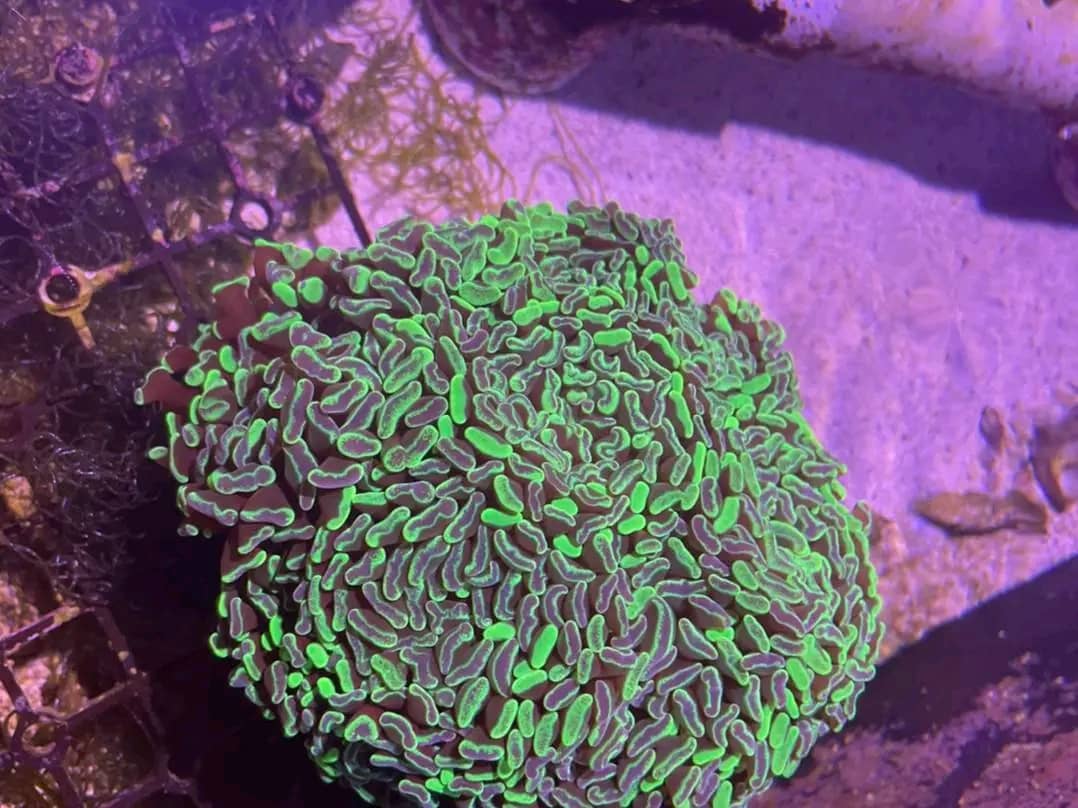
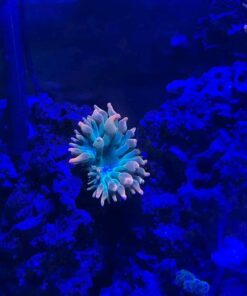
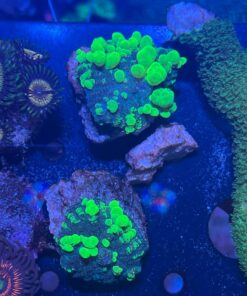
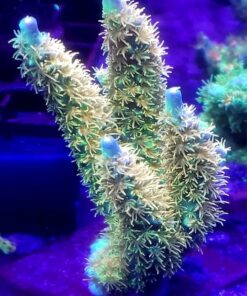
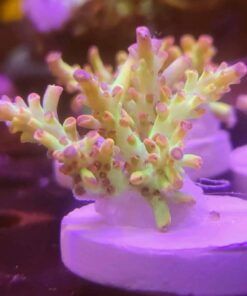
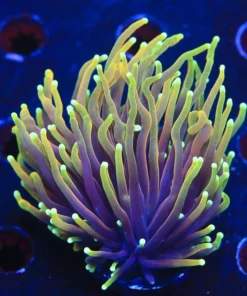
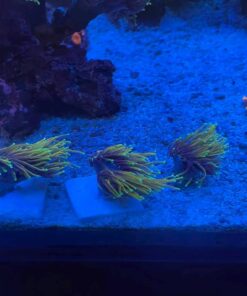
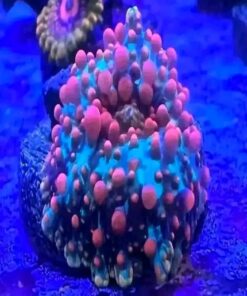
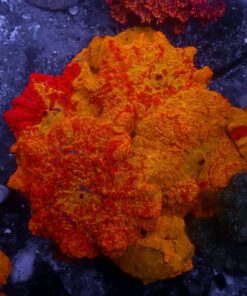
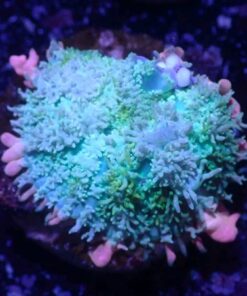
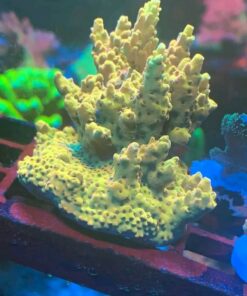
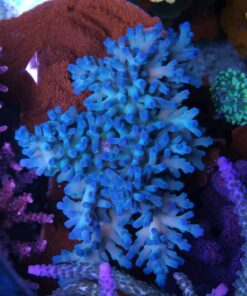
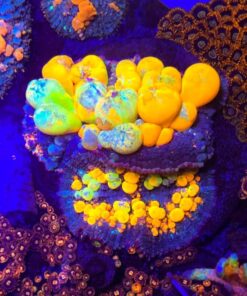
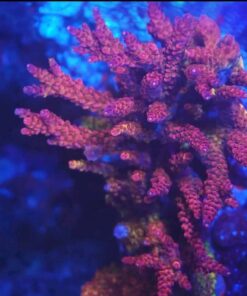
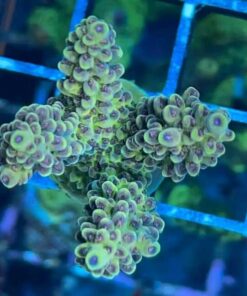
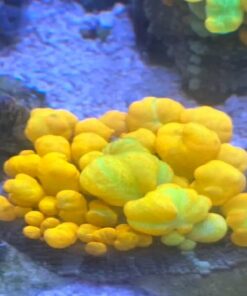
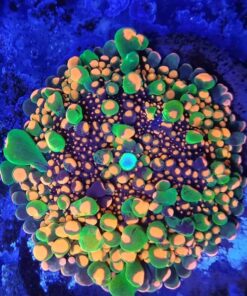
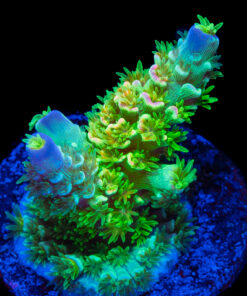
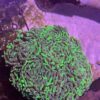
Reviews
There are no reviews yet.